
Story archetypes, according to the Merriam-Webster online dictionary, is, “The original pattern or model of which all things of the same type are representations or copies.” And story archetypes are just that: the patterns or representations of story-telling forms that we find again and again in the stories we encounter.
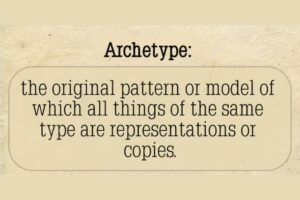
That doesn’t mean that all stories are copies of each other, of course.
It simply means that stories of that type use that basic model as a guide or, sometimes, end up spontaneously using that form. They are born from stories from various cultures and genres, they give us guideposts to follow, and they help us ensure our stories work.
So let’s take a look at what an archetype is, what the main story archetypes are, and how we can use them effectively.
What Is an Archetype in a Story?
An archetype in literature is a character, plot, theme, or idea that occurs consistently enough that it is considered to be universal. If a particular concept appeared in literature in the 18th century and is just as relevant now in modern literature, it could very well be an archetype.
The 7 Classic Story Archetypes
There are 7 generally agreed upon classic story archetypes that are commonly used and recognized by writers. They are:
Rags to Riches
In this type of story, the hero is a character who starts out poor and humble and encounters some extraordinary circumstance that brings them money, power, and/or love.
In these stories, the main character tends to lose, or almost lose, what they’ve just gained, but then reclaim it in the end.
An example is the Broadway musical turned movie, Annie. In this story, Annie is an orphan who is convinced her parents left her behind by mistake and will come back to get her someday. She ends up being taken home by an eccentric billionaire, Oliver Warbucks, much to the displeasure of Miss Hannigan, who runs the orphanage and is not very fond of Annie.
Daddy Warbucks comes to care deeply for Annie and agrees to help her find her parents. This puts her new rich life in jeopardy when a number of frauds come to her, hoping to get a piece of Warbucks’s wealth.
However, because it is a rags to riches story, everything works out in the end and she gets to live wealthily-ever-after with Daddy Warbucks.
Some other well-known rags to riches stories are Pygmalion, Pretty Woman, Cinderella, and Aladdin.
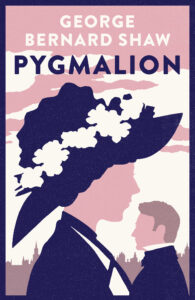
The Quest
In the quest archetype the protagonist receives a mission, or has an objective to meet, like reaching a certain location, retrieving an important object, and so on.
Along the way they encounter obstacles they have to overcome. These can be an opposing force or enemies they must defeat, challenges they have to surmount, or problems they have to solve.
The Odyssey is a classic quest story, where the titular character’s quest is to return home to his family. Along the way, he must get past various obstacles, often set upon him by the gods. Some other quest stories include Finding Nemo and the Lord of the Rings Trilogy (overarching story).
J.R.R, Tolkien’s The Hobbit fits both the quest archetype and the overcoming the monster archetype.
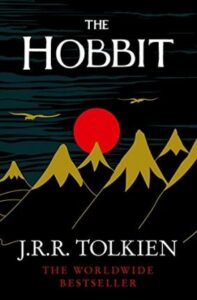
Overcoming the Monster
When people hear “overcoming the monster,” their minds might automatically turn to classic horror stories like Friday the 13th, Chucky, and the like.
It’s true, of course, that horror stories are a type of “overcoming the monster” story, and Freddy and Chucky are clearly monsters. However, this story archetype doesn’t require a monster of the supernatural variety.
Story archetypes based on “overcoming the monster” are rooted in classics such as Beowulf and David and Goliath, which did have inhuman monsters.
However, an “overcoming the monster” story is any story where the hero has to battle an evil, powerful force. And while this can be an alien queen trying to turn human colonists into incubators, it can also be a demanding and immoral boss, an obsessed ex, or an addiction, to name a few. As long as we have a hero facing and conquering an evil force, we have an “overcoming the monster” story.
Rebirth
According to the Masterclass article, Story Archetypes: How to Recognize the 7 Basic Plots, “The rebirth story archetype has its roots in religion—think of the biblical resurrection of Jesus. . .”
This archetype isn’t just about physical rebirth, though.
It’s about the protagonist improving or reinventing himself and becoming a better person. A classic book-turned-movie that uses this archetype is Charles Dickens’ A Christmas Carol.
In this story, the miserly and mean Ebenezer Scrooge mistreats his only employee and ignores his own family. Then, on Christmas Eve, he is visited by the ghosts of Christmases past, present, and future. He wakes up on Christmas morning a changed man, and he gets up and spreads Christmas gifts and cheer everywhere.
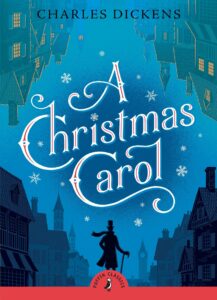
Voyage and Return
In a voyage and return story, the protagonist journeys to some strange and foreign land, then they return home at the end more world-wise than they were at the start.
Some examples of stories that fit this archetype are Alice in Wonderland, The Wizard of Oz, The Chronicles of Narnia, and Cast Away.
Comedy
Comedy stories often take everyday activities and events and moves them into the realm of the absurd using confusion, miscommunication, mistaken identities, precarious situations, and so on.
Though there may be dramatic moments in a comedy book or movie, the mood is generally light and happy and the protagonist gets a happy ending. One example is the romantic comedy novel Kissing Tolstoy by Penney Reid.
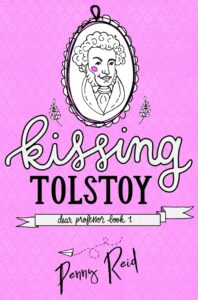
Tragedy
Tragedy is essentially the opposite of comedy.
In a tragedy, the protagonist finds himself in a bad position that gets progressively worse over the course of the story due to their flaw, or due to fate interfering in his life in a negative way.
This flaw is not a little thing, hence why the term “fatal flaw” was used in Greek tragedies. It’s something that controls the protagonist’s life and interactions, causing situations and circumstances that get progressively worse over the course of the story, until the protagonist meets a tragic end.
Some well-known examples are Shakespeare’s works, King Lear, Hamlet, and Romeo and Juliet. A modern example is The Silent Patient by Alex Michaelides.
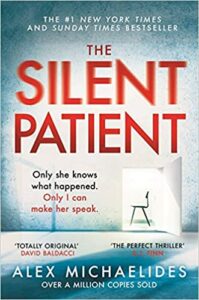
Conclusion: Story Archetypes
Authors may wonder how, with all of these story archetypes, character archetypes, and story structures, we can write new, creative, and interesting stories that readers won’t feel bored with.
This is something that you needn’t be overly worried about, in my opinion.
There are as many perspectives on the world as there are people in it. You can use an archetype or story structure that’s been used countless times before and easily have it turn out as something completely new.
But, if you are concerned about coming up with ideas that are new and refreshing, check out the article, How to Generate Unique Story Ideas as an Author by James Gallagher on the Fictionary blog.

